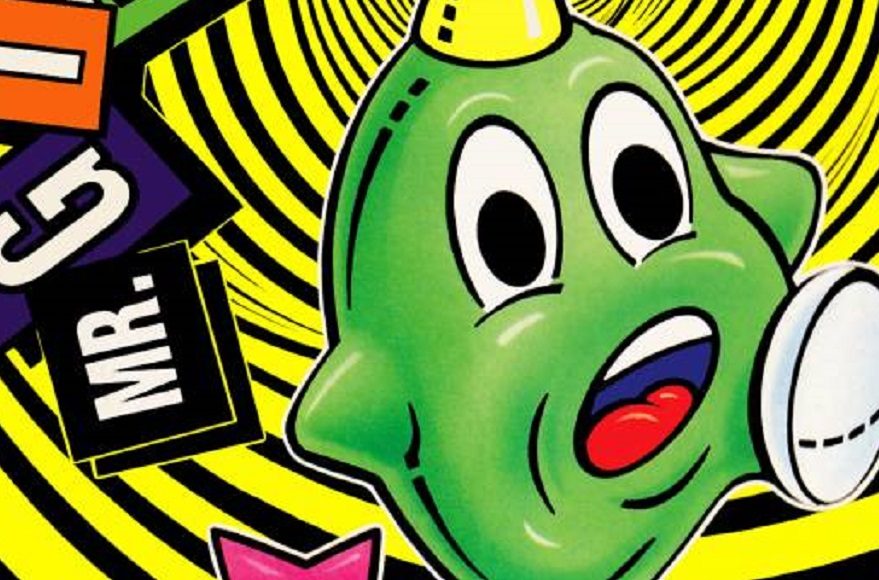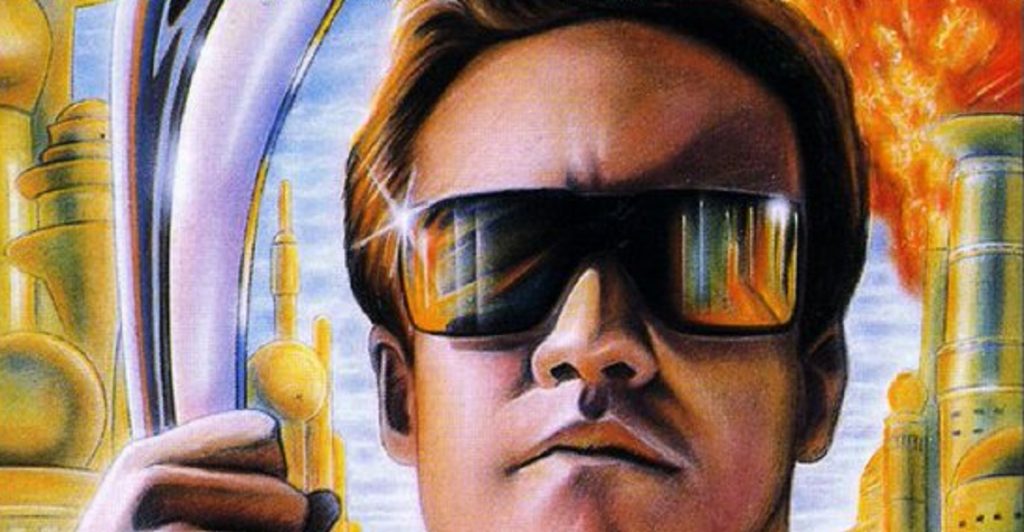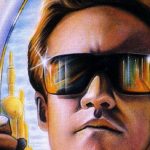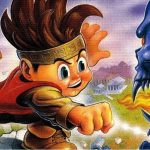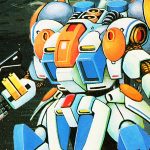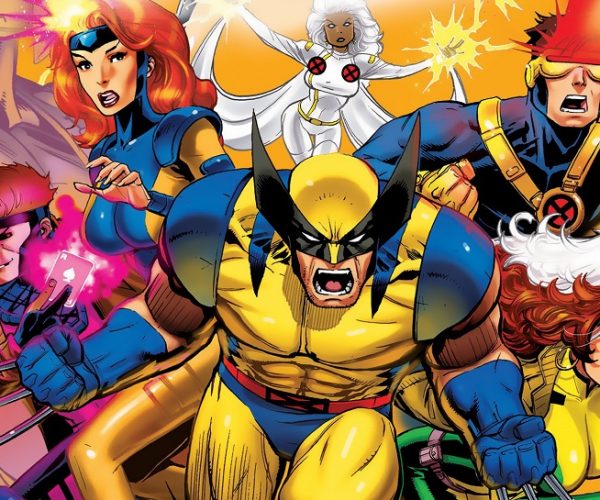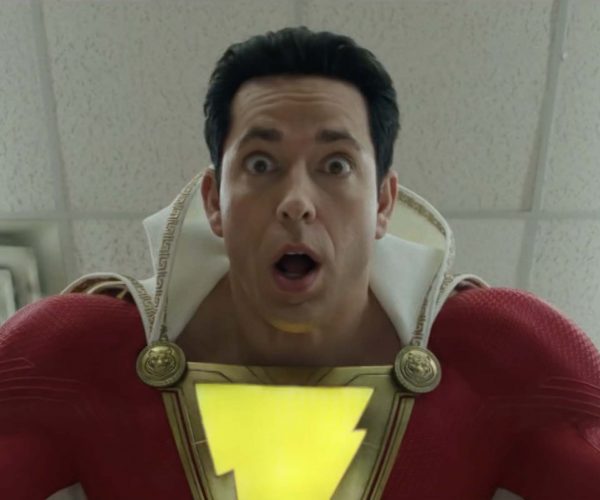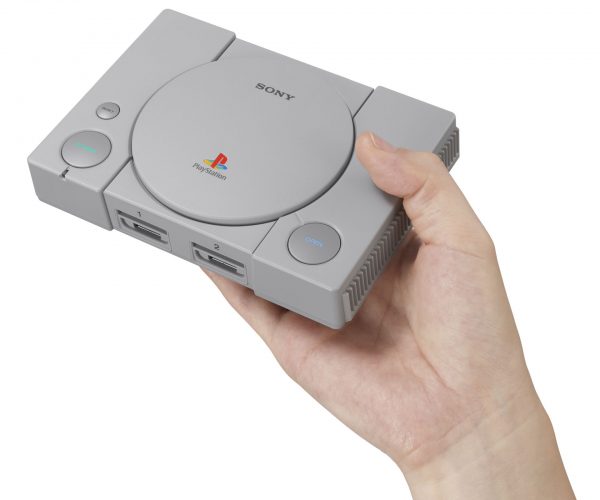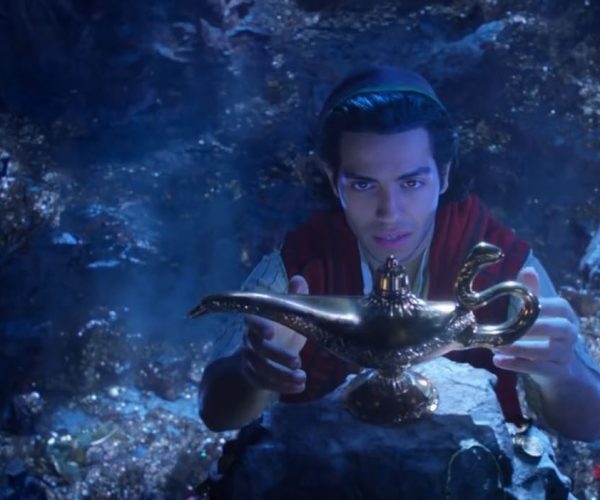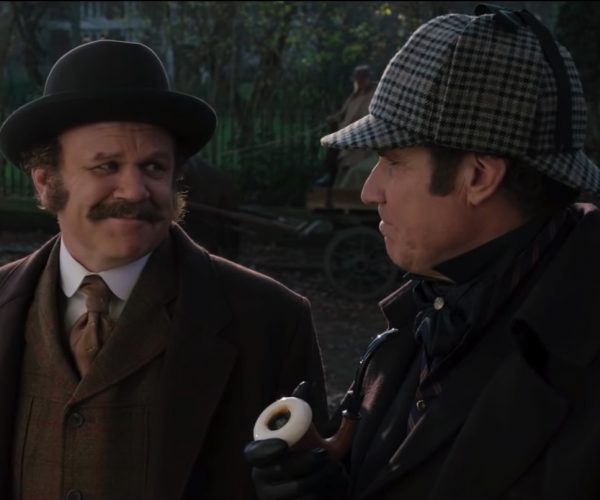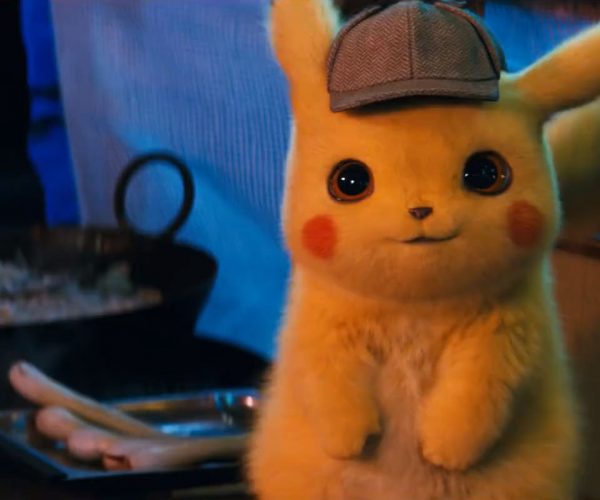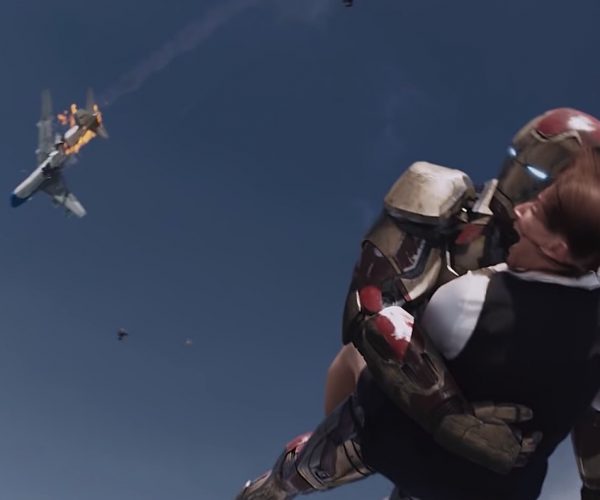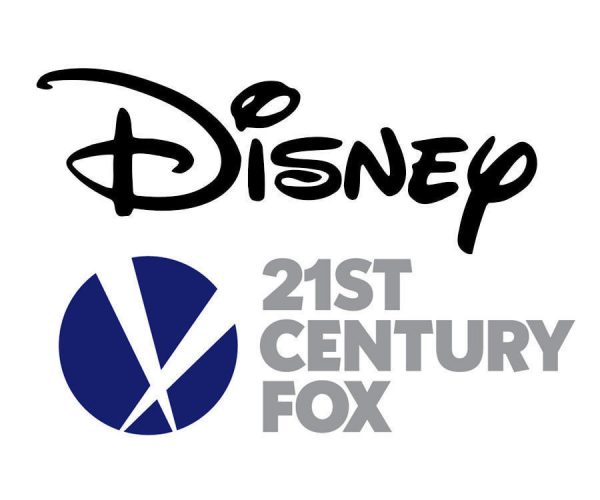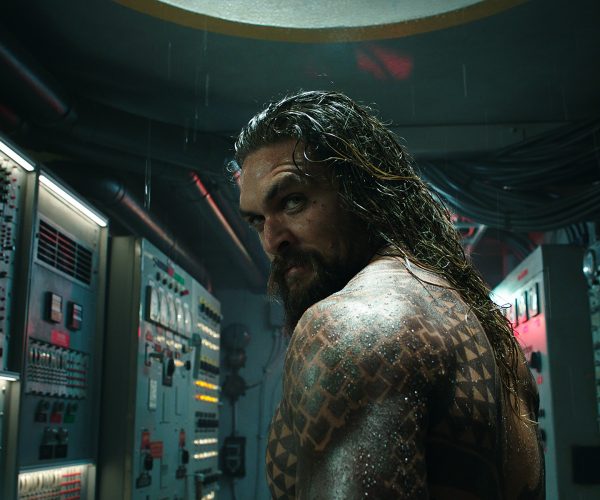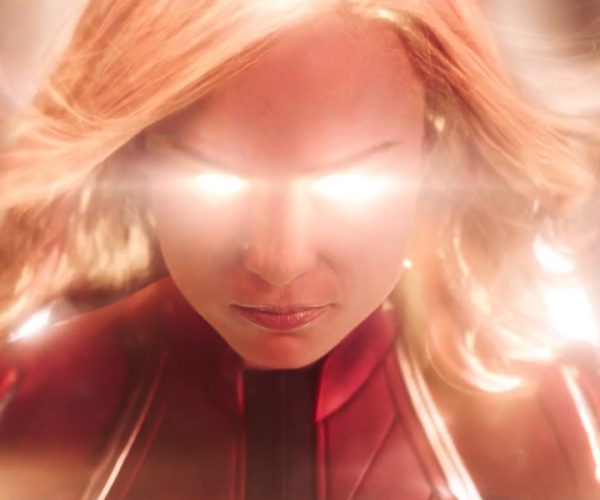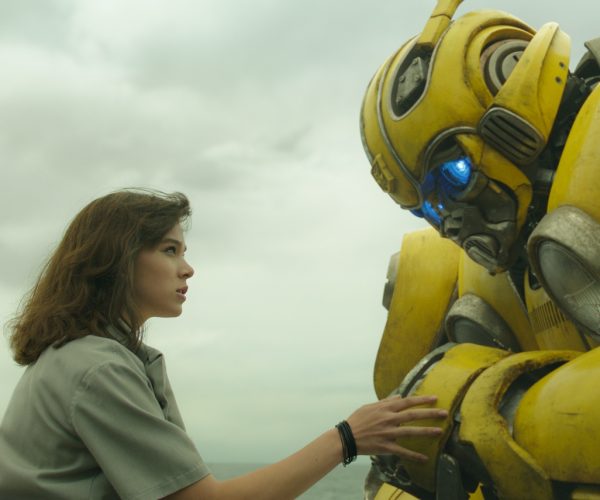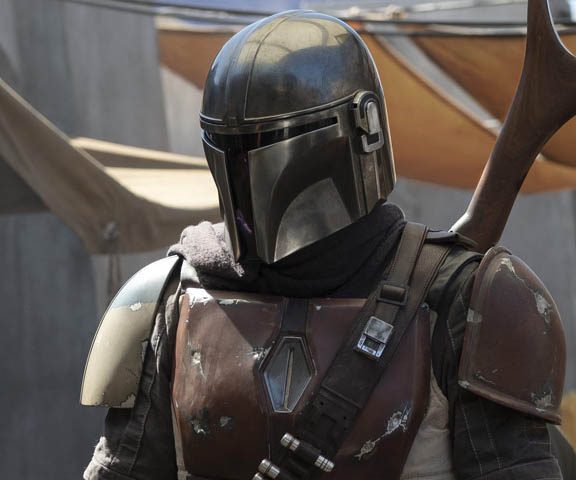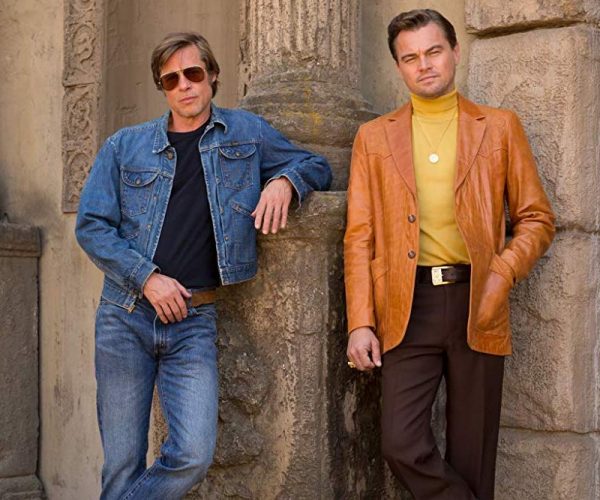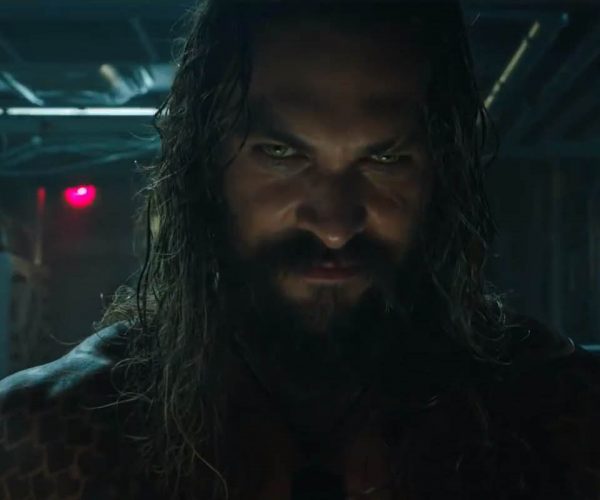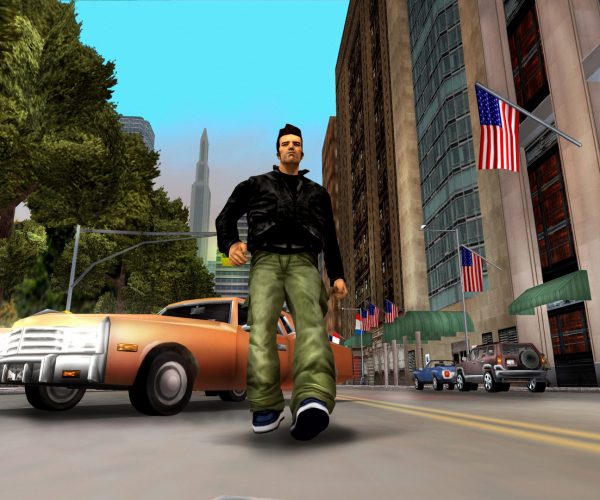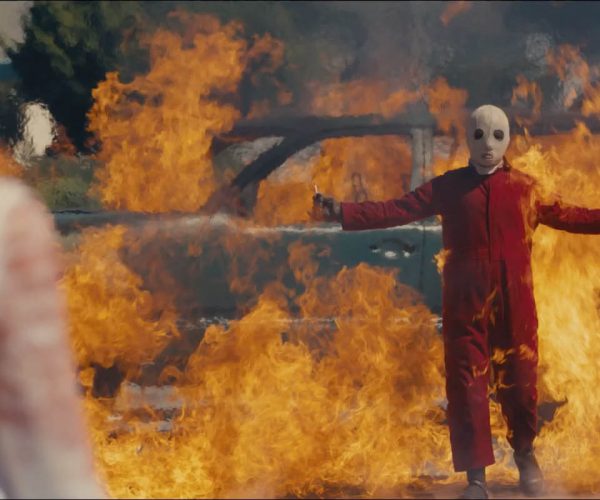Emulation is a good thing, regardless of what Nintendo might tell you. Thanks to the efforts of gamers, countless games have been rediscovered and restored for the modern age, and a whole new era of retro appreciation awaits as these otherwise lost gems.
Games like River City Ransom, Bionic Commando, and Crystalis are now considered masterpieces of 8-bit design despite not nearly getting as much attention during their prime. However, even these games found some audiences way back when.
Today, we’re going to be looking at a few NES games that never got their due back in the day for reasons beyond their control. The chances that gamers found these games on American shelves are slim to none with very few cartridges ever being printed.
Keep in mind, without the power of emulation, these games would be stuck behind the wall of copyright law, where they would continue to gather dust and be lost to history for all time. Without emulation, I’m confident in saying we would not be discussing these games or enjoying them this very day.
Little Samson
The poster child for lost NES gems. Little Samsom, called Seirei Densetsu Lickle in its home country of Japan, is Taito’s take on the classic Mega Man formula. Even the sprite of our hero could be mistaken for Mega Man with a grass elemental power-up.
Little Samson is a tour de force of power on the NES, tapping into every last corner of the cartridge space for memory to create the ultimate 8-bit action experience. Its soundtrack is out of this world, having tunes that would make even the almighty Capcom jealous, and the sprite animation pushes what was thought possible on the NES.
And keep in mind, Samson is not the only character! Little Samson stars four playable characters, each with their own abilities and style of play. Samson bounces around like a typical 8-bit platforming star, but he climbs walls and even dangles from the ceiling! Few NES games feel as good as when you’re cruising through a stage as Samson. Kikira the Dragon can fly through stages and charge up fireballs, where as Gamm the Golem is a hulking stone character with huge defense and life totals… and a rocket punch.
Little Samson closes out its roster with K.O. the Mouse, a small character who can crawl through secret tunnels and find paths unavailable to the others.
What also sets Little Samson apart is it that it feels like it could have been a full-blown franchise. There is a story and culture established here that feels like all of the great series in gaming’s history. Four heroes, four friends, coming together to battle in an ancient Greece inspired setting. Maybe there is an unknown manga out there somewhere, but Little Samsom feels every bit like Taito had larger dreams in mind that just never panned out.
Why you missed it: Little Samson came to the NES in Nov. 1992, long after the Super Nintendo began its reign. Super Mario World established new standards for what platformers could do with level design and colors, and even Link to the Past launched that same month. To make matters worse, Little Samsom was only distributed for a limited time as a rental through Blockbuster! If you were still primarily gaming on an NES in 1992, like I was, and savvy enough to know about its existence, like I wasn’t, you might have been one of the few people to play this during your youth.
As you can guess, a cartridge nowadays will set you back over $1,000… a bit out of reach for most gamers.
Mr. Gimmick
Sunsoft’s legacy underwent a huge re-evaluation throughout the gaming world with the emergence of emulation after gamers suddenly realized… hey, these guys made great games! Sunsoft was not an unknown developer from the NES days, with Blaster Master and its Batman games scoring a lot of praise, but many have gone back to the studio over the years and uncovered their lesser known hits like Journey to Silius, Gremlins 2, and this lost gem, Mr. Gimmick.
Mr. Gimmick is the prototypical NES game in that it shows a cutesy outer shell with a brutal difficulty curve underneath. Many of Mr. Gimmick’s puzzles and combat situations revolve around our hero’s clunky ability of creating stars and rolling them along the ground. Sunsoft programmed pitch perfect physics into this game, creating a sense of mass and density that many other games of its era lack.
And naturally, Mr. Gimmick doesn’t come up short on its soundtrack. A huge puzzle piece of Sunsoft’s revival came from the tunes that its NES games cranked out, an area that Mr. Gimmick excels in.
Beyond the physics and music, Mr. Gimmick simply has a lot of imagination with genius set pieces and level design. Comparisons to Kirby’s Adventure are not that far off, but I would argue that Mr. Gimmick is a much more straightforward action game, seeing that it can be beaten in less than half an hour.
It’s strange because the word “gimmick” usually doesn’t go over well with gamers, creating an image of something cheap and not worthy of full mention. Here, the gimmick excels and pushes this game beyond the realm of typical NES platformer and into the territory of misplaced classic.
Why you missed it: I’m kind of cheating with this one since I didn’t want to do any Japan-only Famicom games. Let’s just say that our European readers might have played this one, if any of them actually gamed on an NES. Sorry if those Amiga or Commodore 64 computers got in your way, chaps!
Mr. Gimmick never made it to the United States, where it would have been doomed for a release in 1993, even later than Little Samson!
Power Blade
Of all the games we’re talking about today, this is the one most might have played. Power Blade came to North America in 1991, not devastatingly late in the NES’ lifecycle. Many were still struggling with the idea of a “generation change” at the time and the NES retained its value for at least a year after the Super Nintendo launched.
I played it with a friend and then bought it from him at a garage sale after he updated to the Super Nintendo. Those who have played it say that it can hold its own against the classics of the console, sporting a unique power-up system with the main character’s boomerang, excellent non-linear level design, and the ability to choose the order you want to play stages, similar to Mega Man. Taito’s graphics don’t really set it apart from the other also-ran action games of the era, but the company is not entirely to blame for those.
You see, in Japan, this game is actually called Power Blazer, a version with a much cuter main character (not modeled after Arnold Schwarzenegger) and adorable boss fights set to the exact same levels. Check out Unseen64’s excellent look at the differences between the two for more.
Why you missed it: Don’t hold it against me if you’ve played this one, but I have a hard time finding fellow fans. No doubt, someone out there in the world rented Power Blade at their local shop because the cover was cool, played it for a joyous weekend, and can prove me wrong on all fronts. In that case, I’m all ears, but for now, I consider this game a lost classic of the NES library that should be held up against the standards of the greats.
DuckTales 2
DuckTales! I love DuckTales and played it a lot as a kid! Well, I thought so too… but then realized I was wrong once emulation came around. For years, I thought I played the Capcom classic at a friend’s house over a weekend, but upon eventual rediscovery of DuckTales, the game in no way, shape, or form matched my memory.
That’s because that friend was one of the few people who actually bought a copy of DuckTales 2, released deep into June 1993!
DuckTales 2 might not have an iconic tune like DuckTales’ Moon Theme or the same levels, but in all regards, it’s just as good of a game. In fact, it might even be better with a heavier emphasis on exploring non-linear levels and upgrades to Scrooge’s bouncing cane. These upgrades open new secret areas and generate endless potential to explore old stages, creating an almost Metroidvania experience in the process.
Had more people played DuckTales 2, it might be just as highly regarded as its predecessor as a classic of the 8-bit era.
Why you missed it: Notice the pattern here. Many NES games released after the launch of the Super Nintendo failed to catch on in the way early NES games did, with a few notable exceptions like Kirby’s Adventure. That’s a real shame since developers had nearly maxed out the potential of the NES after nearly a decade and could finally put that knowledge to good use and make flawless 8-bit experiences.
DuckTales 2 launched in 1993! Only kids like me, who were always a generation behind their friends, played an NES in 1993! By that point, the Game Boy had taken hold with Link’s Awakening, PC gaming got a boost from DOOM and LucasArts classics Day of the Tentacle and Sam and Maxx, and the Super Nintendo received Star Fox with Mega Man X and Super Metroid just over the horizon.
Sorry DuckTales 2. You missed your shot.
Metal Storm
Another game that might have earned a few fans over the years but largely goes ignored as a hit of its day. I mean, it landed on the cover of Nintendo Power, so a few gamers might have checked it out at some point. I never heard of this game until I watched a spoof of AVGN called The Happy Video Game Nerd, who ranted and raved about it, pushing me to give it a spin.
Wasn’t let down one bit. Metal Storm comes to us from Irem, of R-Type fame, and an otherwise unknown subsidiary by the name of Tamtex. What sets it apart from other action platformers of its day is a genius gravity mechanic in which players can swap gravity on the fly, going back and forth between running on the ground and the ceiling at the touch of a button. (It beat Mega Man 5 to the punch, that’s for sure)
To really drive this mechanic home, Tamtex’s level design allows this action game to play out like a series of puzzles. Mazes require tough navigation through smart use of this gravity mechanic, and the levels infinitely scroll upon themselves horizontally and vertically.
Graphics are also top notch, especially the death animation of the playable character, and the music is great. Metal Storm could have been a classic, it just never found its way into enough homes.
Why you missed it: Not sure. Like I said, it scored prime real-estate on the cover of Nintendo Power and the Super Nintendo was released seven months after it came out. The number of gamers who actually remember this from the early 90s though just seems massively smaller than the number who do.
Again, prove me wrong. Please. I would love to believe this game was a hit back in the day, but through my own experience and through talking with others, it does not seem to be.
